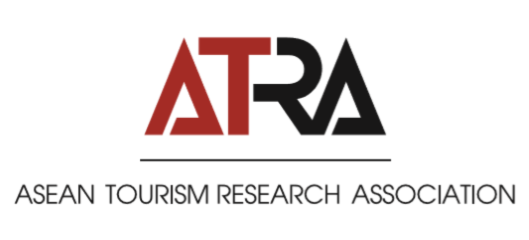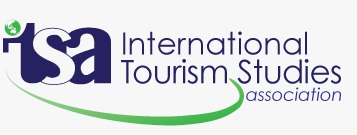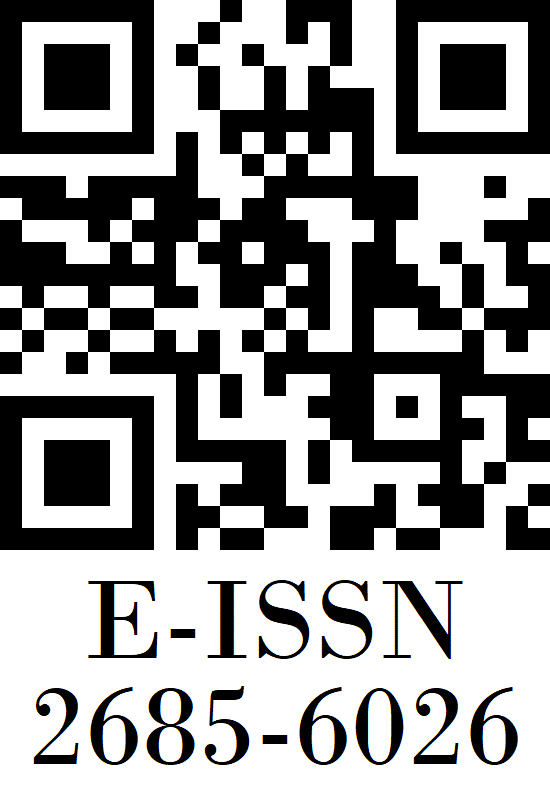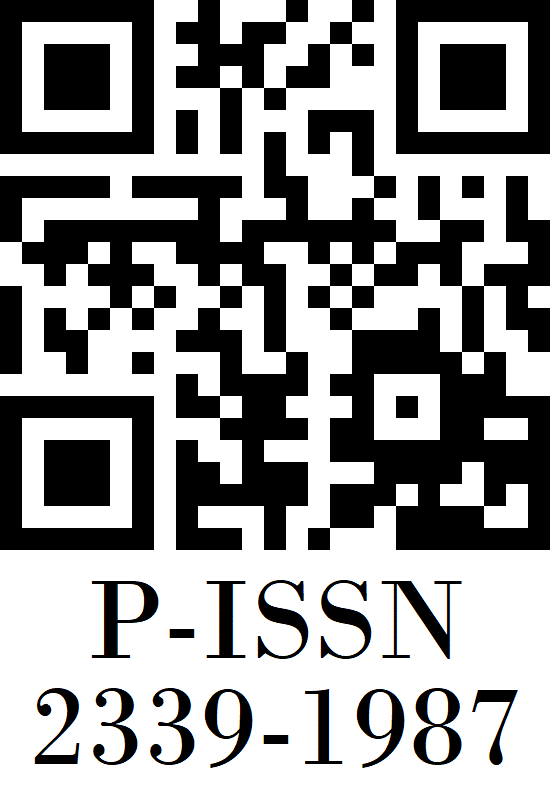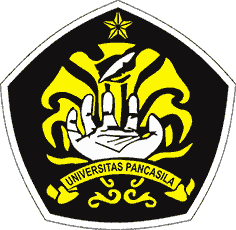FOODIE BEHAVIOURS AND CHARACTERISTICS: A CASE STUDY OF INDONESIAN MILLENNIAL TOURISTS
Abstract views: 215 | pdf. downloads: 143
Abstract
Millennial travellers currently constitute the largest demographic segment of the Indonesian tourism business. Understanding the factors that influence tourists' decisions in choosing their locations is crucial for tourism stakeholders when establishing effective tourism marketing strategies. Identifying these characteristics enables stakeholders to concentrate on developing marketing strategies that cater to consumer needs, hence increasing the likelihood of domestic tourists selecting tourism locations. Culinary tourism is a fast increasing form of special interest tourism. The purpose of this study was to investigate the gastronomic preferences and habits of millennial visitors on culinary excursions. The research employed a quantitative methodology, utilising a sample of 115 participants who belonged to the millennial demographic. The data collection method was the distribution of an online questionnaire. The employed method of data analysis is quantitative descriptive statistics. The findings of this study indicate that the culinary preferences and choices of millennial visitors are influenced by various elements, with psychological, personal, social, and cultural factors being the most significant contributors. This research can serve as a valuable resource for the government and destination management in the development of culinary tourist destinations. In addition, this research can serve as a foundation for product creation and marketing strategies for culinary businesses in various destinations.
References
Aprilia, M. . (2020). Pencarian Informasi oleh Foodie pada Foto Makanan di Instagram. Jurnal Komunikasi Nusantara, 2(1), 56–66. https://doi.org/https://doi.org/10.33366/jkn.v2i1.40
BPS. (2020). Hasil Sensus Penduduk 2020.
Fandeli, C. (2002). Perencanaan Kepariwisataan Alam. Fakultas Kehutanan UGM.
Hall, C. ., Sharples, E., Mitchell, R., Cambourne, B., & Macionis. (2003). Food Tourism Around the World: Development, Management and Markets. Butterworth-Heinemann.
Hidayatullah, S., Waris, A., & Devianti, R. . (2018). Perilaku Generasi Milenial dalam Menggunakan Aplikasi Go-Food. Jurnal Manajemen Dan Kewirausahaan, 6(2). https://doi.org/https://doi.org/10.26905/jmdk.v6i2.2560
Howe, N., & Strauss, W. (2000). Millennials Rising: The Next Great Generation. Vintage Books.
Iryanti, N. S. (2020). Kebiasaan Makan dan Fungsi Sosial Makanan bagi Masyarakat Wilayah Adat Mee Pagoo. Jurnal Komunikasi Dan Kebudayaa, 7(2), 221–228.
Johnston, J., & Baumann, S. (2010). Foodies Democracy and Distinction in the Gourmet Foodscape. Routledge.
Kotler, P., & Amstrong, G. (2018). Principles of Marketing (17th Edition). Pearson.
Kusumadewi, R. (2016). Perilaku Pemilihan Merek antara Pria dan Wanita: Penelitian pada Industri Smartphone. Al Anwal, 8(2).
Muhtar. (2023). Media sosial paling banyak digunakan di Indonesia. https://uici.ac.id/ini-7-media-sosial-paling-banyak-digunakan-di-indonesia/
Ningrum, I. . (2020). Pengaruh Faktor Psikologi Terhadap Keputusan Pembelian Pada Usaha Cafe Teras Sensasi di Jl. KH Ahmad Dahlan ditinjau menurut Ekonomi Islam. Universitas Islam Negeri Sultan Syarif Kasim Riau.
Oyedele, A. (2018). Bagaimana milenial mengubah industri makanan. https://www.inc.com/business-insider/millennials-food-industry-preferences-eating-out-restaurant-prepared-meals-catering.
Putra. (2014). Empat Srikandi Kuliner Bali: Peran Perempuan Dalam Pembangunan Pariwisata Berkelanjutan. Jurnal Master Pariwisata (JUMPA), 1(1).
Rao, P. (1996). Measuring Consumer Perception Through Factor Analysis. In The Asian Manager (pp. 28–32).
Santoso, D. T., & Purwanti, E. (2013). Pengaruh Faktor Budaya, Faktor Sosial, Faktor Pribadi, dan Faktor Psikologis Terhadap Keputusan Pembelian Konsumen dalam Memilih Produk Operator Seluler Indosat M3 di Kecamatan Pringapus Kab Semarang. Among Makarta, 6(112–129).
Saptatyningsih, E. (2003). Dampak perubahan pengeluaran wisatawan terhadap pendapatan rumah tangga di indonesia pendekatan Structural Path Analysis (SPA) dalam SNSE Indonesia. Urnal Ekonomi Pembangunan, 8(1).
Sumarwan, U. (2011). Perilaku Konsumen. Penerbit Ghalia.
Suryabrata, S. (2004). Metodologi Penelitian. PT Raja Grafindo Persada.
Thanarugchok, N. (2017). “Beyond Appetite”: Examining Identities and Motivations of Foodie through Food Visuals on Instagram [University of Washington]. http://www.com.washington.edu/wp- content/uploads/2017/06/Pam-Honors-thesis-final-paper.pdf
TriHayuningtyas, E., Wulandari, W., Adriani, Y., & Sarasvati, S. (2018). Media Sosial Sebagai Sarana Informasi dan Promosi Pariwisata Bagi Generasi Z di Kabupaten Garut. Tourism Scientific Journal, 4(1), 1–22.
Wachyuni, S. ., Priyambodo, T. ., Widiyastuti, D., & Sudarmadji. (2021). Culinary Consumption in Digital Era: Tourists’ Typology and Their Characteristics. Journal of Education, Society and Behavioural Science, 34(6), 47–61.
Wachyuni, S. S., Priyambodo, T. K., & Widiyastuti, D. (2022). Digital Behaviour in Gastronomy Tourism: The Consumption Pattern of Millennial Tourists. Asian Journal of Advanced Research and Reports, 16(4), 27–40.
Wahana, H. D. (2015). Pengaruh Nilai-Nilai Budaya Generasi Millennial Dan Budaya Sekolah Terhadap Ketahanan Individu (Studi Di SMA Negeri 39, Cijantung, Jakarta). Jurnal Ketahanan Nasional, 21(1). https://doi.org/https://doi.org/10.22146/jkn.6890
Www.indonesia.go.id. (2024). Lezatnya Industri Makanan dan Minuman.
Zycherman, A. (2014). Food and the Self: Consumption, Production and Material Culture d’Isabelle de Solier. In Anthropology of Food.




